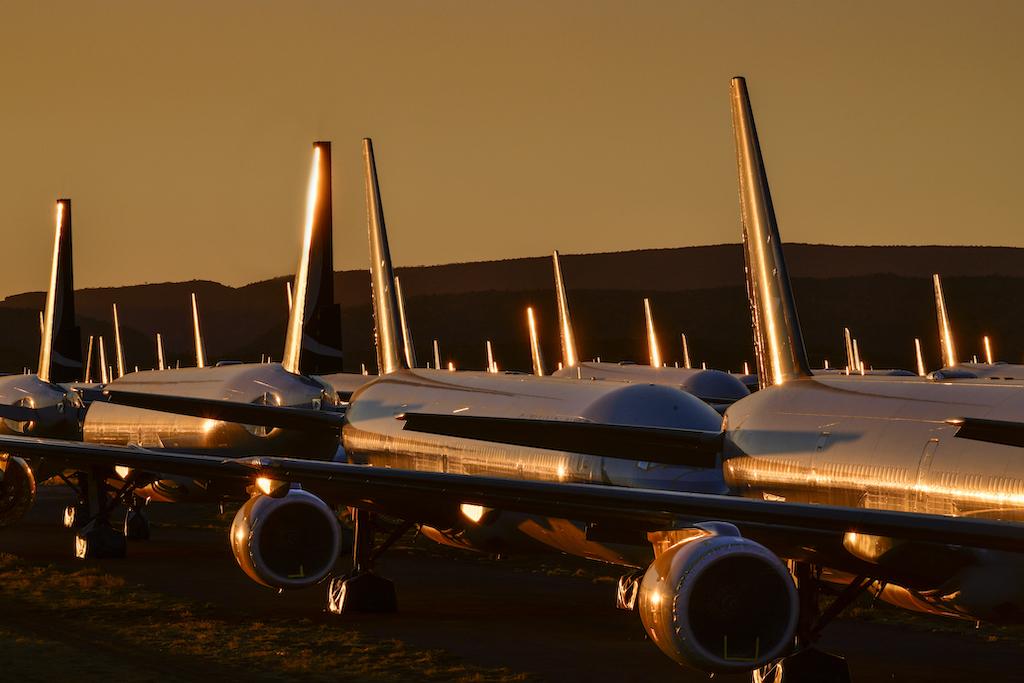
Tom Vincent, managing director of Asia Pacific Aircraft Storage (APAS) in Alice Springs, Australia, provides his take on how fleets will change in the next few years and what he expects for aircraft retirement. This interview is a supplement to Inside MRO’s July cover story on fleet renewal.
How are you forecasting MRO and parking activity for the next five years?
While many think the return to activity post-COVID has resulted in all aircraft having left our facility, we still store and maintain two-thirds of our peak aircraft. We are looking ahead to major fleet renewals with the influx of new-generation aircraft being essential to airline profitability. Platforms such as the Boeing 737 MAX, Boeing 787, Airbus A320neo, Airbus A321XLR, etc. will deliver significant savings on fuel and maintenance, and will undoubtedly result in the retirement of older operating assets. There are clearly headwinds in the form of 1. high fuel prices; 2. a very high inflationary environment, which may have a negative impact on customer discretionary spending; 3. higher interest rates; and 4. a stronger U.S. dollar, which will cause issues for emerging markets.
How many aircraft are parked at your facility?
Currently there are around 100, down from a peak of 150. We are working with multiple parties for the delivery of new batches of aircraft driven by restructurings and lease returns. We forecast our storage numbers to increase past our previous COVID-19 levels.
Will there be a big wave of retirements? If so, when?
We believe retirements will be driven by several factors. First, sustained elevated fuel prices will lead to the retirement of aged aircraft. Second, any economic difficulties caused by high inflation and a normalization of interest rates will lead to the storage and potential parting-out of aircraft. Retirements were relatively muted during the COVID-19 pandemic given secondary spares that were not in demand, and owners wanted to see whether the market came back to avoid any premature retirement/part-out of aircraft that had solid potential for future use.
How quickly can you pivot if changes (whether they be customer fleets, economic conditions, etc.) occur?
APAS has always been dynamic and moved quickly to accommodate customer requirements. We are already taking additional steps to roll in a suitable ESG solution for final aircraft fuselage disposal. We have our Part 145 environment for all component removal, but we are expanding that to include fuselage recycling capabilities. We forecast a major increase in aircraft parting-out as flying hours increase globally, leading to an increased demand for aircraft spares.
Which aircraft do you think will just be scrapped or parked indefinitely?
There is no crystal ball. Everyone thought the A380 was dead and buried, then we see major carriers returning them to service. We do believe aged widebodies are likely difficult propositions to continue, particularly when competing with newer efficient 787, A350 and 777X (if and when they actually deliver). When capital becomes more expensive, aged aircraft may carry an increased appeal given the significantly reduced pricing of relatively unwanted platforms.





